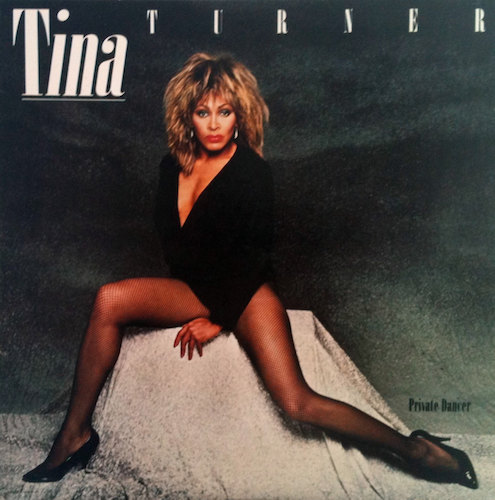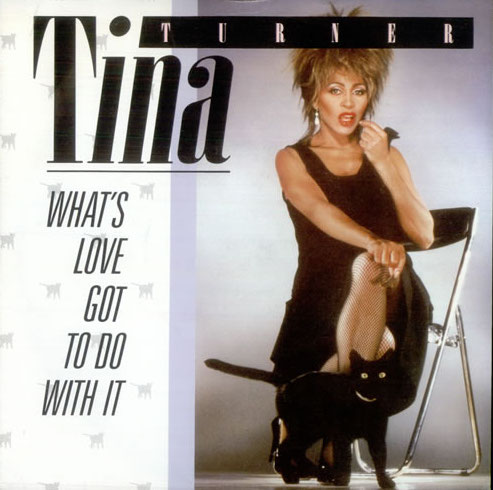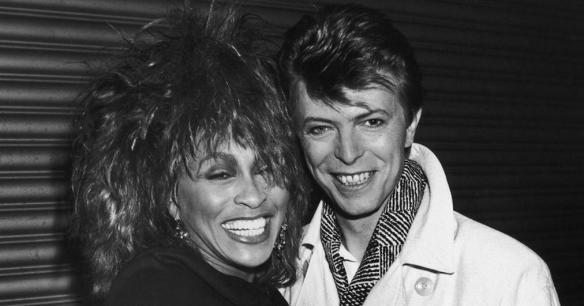As part of their Oscars tribute for the 2.9.2020 awards show, CBS SUNDAY MORNING aired a wonderful segment featuring the one and only “Toni Basil, Choreographer To The Stars” (https://www.youtube.com/watch?v=DY69LqURago).

When you mention the name Toni Basil, most folks would say, “Sure! She had that one hit, ‘Mickey’!” Even the interviewer of the CBS SUNDAY MORNING piece called Toni Basil a one-hit wonder. Well, “Mickey” may have been her only big hit (and only Top 40 hit), but she did have two more singles chart on the BILLBOARD Hot 100, and if you only know her for “Mickey,” like I did back in 1982, there’s so much more to her story than that.
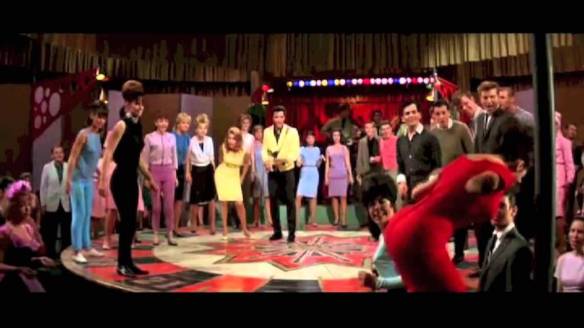
That’s Toni Basil “with the red dress on,” getting everyone’s attention, including Elvis, in a scene from 1964’s VIVA LAS VEGAS.
Long before “Mickey” was even a thought, Toni Basil had already made her mark as an actress, dancer, singer, filmmaker and choreographer. In 1964, she appeared in the Elvis Presley film, VIVA LAS VEGAS (as the dancer in the red dress during the song, “What’d I Say”), and was the assistant choreographer and a dancer for the concert film, THE T.A.M.I. SHOW (which included her friend and fellow dancer, Teri Garr).
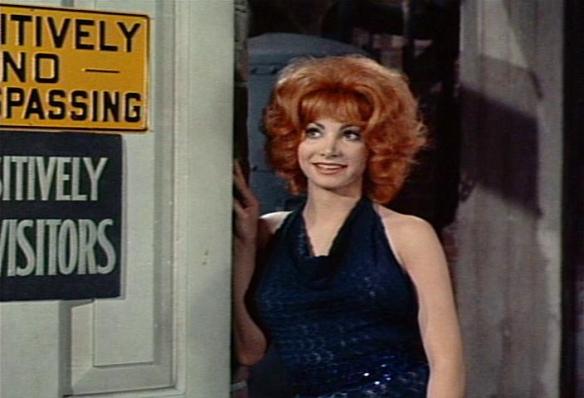
Toni Basil in 1965’s VILLAGE OF THE GIANTS.
In the second half of the 60s, Toni appeared in a number of films, including 1965’s VILLAGE OF THE GIANTS (a MYSTERY SCIENCE THEATER 3000 favorite), 1968’s HEAD (co-written and co-produced by Jack Nicholson and starring The Monkees, and which Toni also choreographed), and 1969’s EASY RIDER (opposite Jack Nicholson, Peter Fonda and Dennis Hopper).
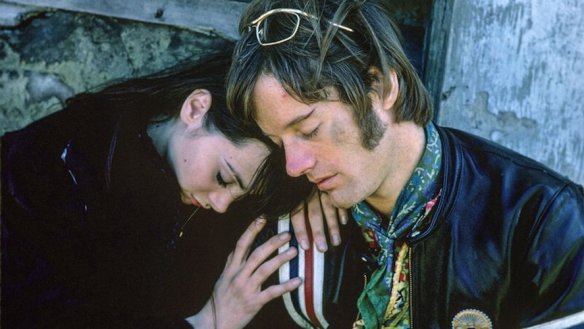
Toni Basil and Peter Fonda in 1969’s EASY RIDER.
During the 70s, Toni Basil appeared in 1970’s FIVE EASY PIECES (also with Jack Nicholson), and continued her multi-decade career in film choreography, including major films like 1973’s AMERICAN GRAFFITI and 1979’s THE ROSE (with frequent collaborator, Bette Midler). She also appeared on SATURDAY NIGHT LIVE numerous times in the show’s early years, and sold out solo performances at The Roxy in Los Angeles in 1976.
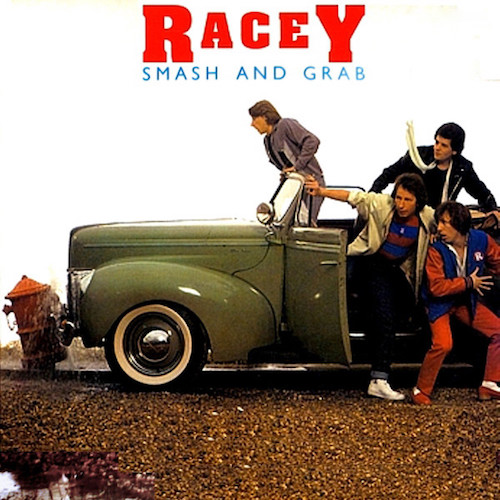
In 1979, popular British songwriters / producers Nicky Chinn and Mike Chapman wrote a song called “Kitty,” recorded by the British Glam Pop band, Racey, for their 1979 album, SMASH AND GRAB. A year later, Toni Basil renamed the song “Mickey,” recorded it, and in 1981, before the advent of MTV, she also conceived, choreographed, directed (and I believe paid for) the video, and even used a modified version of her Las Vegas High head cheerleader outfit for the video (which she still owns!). She was 37 or 38 at the time the “Mickey” video was shot, and the video is widely considered to be the very first choreographed music video.
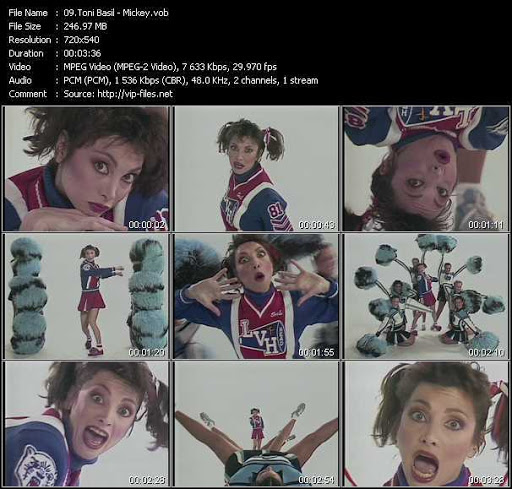
From the “Mickey” music video.
Toni Basil’s debut album, WORD OF MOUTH, was released in the U.K. in late May 1981, and “Mickey” was released as a single, but was not a hit at that time. The album also features covers of the David Essex classic, “Rock On,” and three Devo covers — “You Gotta Problem” (a reworked cover of “Pity You”), “Be Stiff” and “Space Girls.” And as a bonus, Devo performs on the songs (she was also involved with Devo co-founder and bass player Gerald “Jerry” Casale at the time, and she was a fan of the band)!
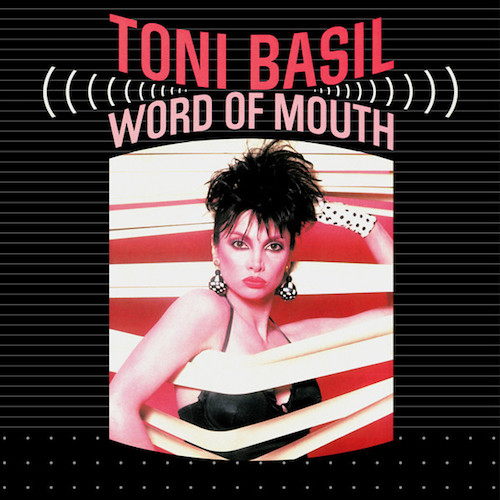
WORD OF MOUTH would be released in the U.S. in April 1982, nearly a year after its U.K. release. Though not immediate, the success of the album and first single “Mickey” would rely on word of mouth (and a whole lot of cheering) that would get Toni Basil onto the music map.
“Mickey” debuted unsuspectingly on the BILLBOARD Hot 100 at No. 83 in early September 1982. Five weeks later, it made its debut in the Top 40, and took its time climbing up the chart, until exploding into the Top 15 in mid-November 1982. The following week, it leapt into the Top 10 on the Hot 100, and in mid-December 1982, it spent a week at No. 1, and would have stayed on top longer, had it not been for the huge hit by Daryl Hall & John Oates (who had a number of huge hits around the holidays in the 80s), “Maneater.” “Mickey” would go on to spend over half a year on the Hot 100, sell over two million copies in the U.S. alone, and finished the 1983 American singles chart year at No. 36.

The original U.K. single cover art for “Mickey.”
Word of mouth got out about “Mickey” around the globe, too, and it spent five weeks at No. 1 in Canada, two weeks at No. 1 in Australia (the sixth biggest hit of 1982 there), plus it reached No. 2 in New Zealand and through a re-release in the U.K., No. 3 in Ireland, South Africa and BILLBOARD’s Dance chart.

After “Mickey,” Toni Basil released three more singles from WORD OF MOUTH, and the final single released from the album, “Shoppin’ From A To Z,” reached No. 77 on the BILLBOARD Hot 100 in March 1983. Later that year, Toni Basil released her second studio album, a self-titled effort that generated her third and final Hot 100 entry, “Over My Head,” which reached No. 81 in early 1984, plus it reached No. 4 on BILLBOARD’s Dance Chart, and was nominated for an MTV Video Music Award in 1984 (the first year of the VMA’s) for Best Choreography In A Video, losing out to Michael Jackson’s “Thriller.” Toni was actually nominated twice in that category that year, also being nominated for the choreography for Bette Midler’s video for her cover of The Rolling Stones’ “Beast Of Burden.”
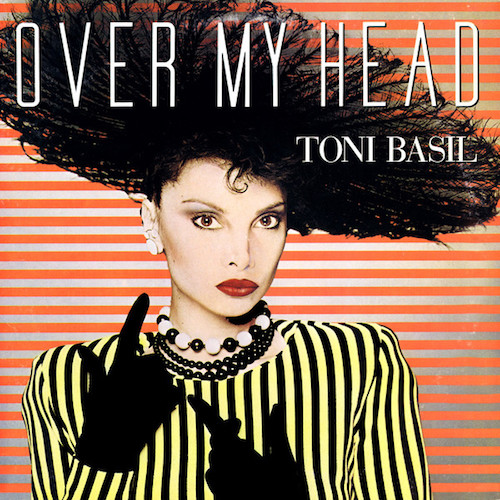
Toni Basil has received a number of nominations and awards over the years, and won an Emmy Award in 1988 and Hip Hop International’s Living Legend Award. “Mickey” is in the Rock And Roll Hall Of Fame as one of the groundbreaking singles of the 80s.
NERDY FUN FACT: One of my favorite pieces of trivia regarding Toni Basil is that she taught both David Byrne and David Bowie how to dance. She choreographed and co-directed the Talking Heads video for “Once In A Lifetime” in 1980. Apparently, she and David Byrne studied archival footage of “preachers, evangelists, people in trances, African tribes and Japanese religious sects” to see how David could somehow incorporate a combination of it into his performance.
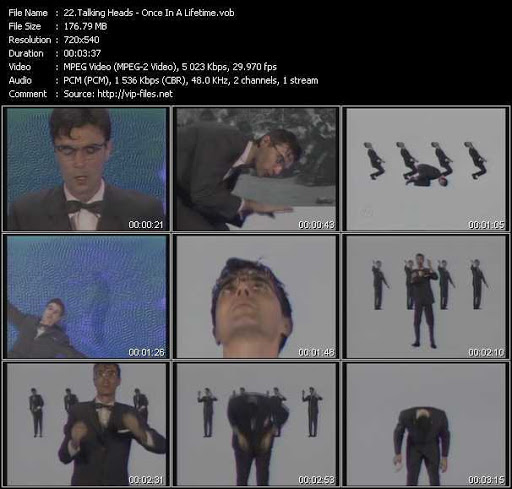
From the “Once In A Lifetime” music video.
According to a 2007 interview she did about the making of the video, Toni Basil said, “David kind of choreographed himself. I set up the camera, put him in front of it and asked him to absorb those ideas. Then I left the room so he could be alone with himself. I came back, looked at the videotape, and we chose physical moves that worked with the music. I just helped to stylize his moves a little.”

Toni Basil and David Byrne, 1987.
For David Bowie, Toni Basil choreographed his 1974 Diamond Dogs tour and his 1987 Glass Spider Tour, as well as the video for his song, “Time Will Crawl.” In 2008 and 2009, Toni was the associate director and choreographer for Tina Turner’s LIVE: 50th ANNIVERSARY CONCERT TOUR. 25 years before, Tina made the biggest comeback of the 80s and one of the biggest comebacks of all-time, thanks to Mr. David Bowie believing in her (another one of my favorite pieces of 80s music trivia).

Talk about your selfies! Toni Basil, Debbie Harry and David Bowie!
When “Mickey” reached No. 1 on the BILLBOARD Hot 100, Toni Basil was 39. Toni Basil is now 76, in amazing health and still thriving. In 2019, at the age of 75, she choreographed Quentin Tarantino’s ONCE UPON A TIME IN HOLLYWOOD, which just picked up two Academy Awards, including a Best Supporting Actor Oscar for Brad Pitt.
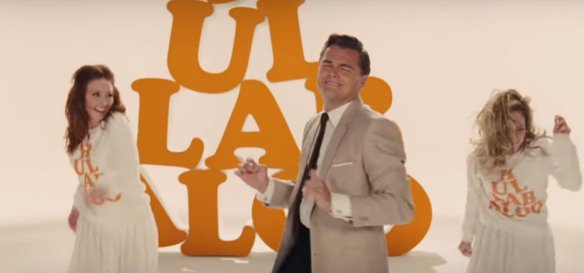
From 2019’s ONCE UPON A TIME IN HOLLYWOOD, that’s Leonardo DiCaprio hamming it up and dancing 60s style, courtesy of choreography by Toni Basil.
What’s up next for Toni Basil? I’m guessing more hella amazing choreography, maybe some cheerleading, and I wouldn’t be surprised if she even resurrected her own music career. A return to the singles chart in more than 35 years to join the likes of Billie Eilish and Lizzo? That’s something I would cheer about…
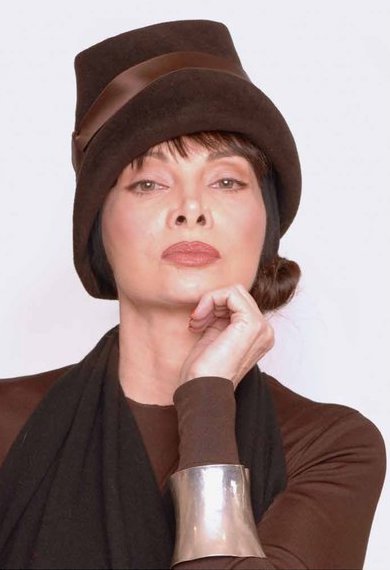
https://www.youtube.com/watch?v=0aqLwHP4y6Q
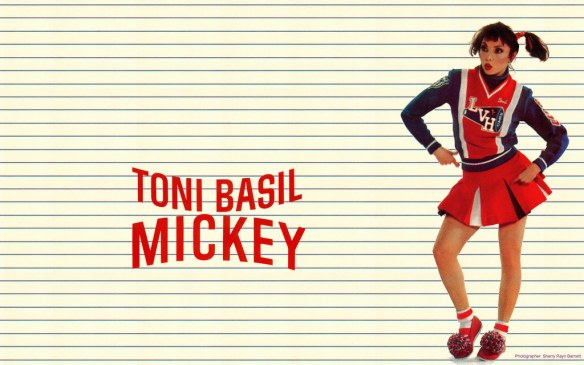


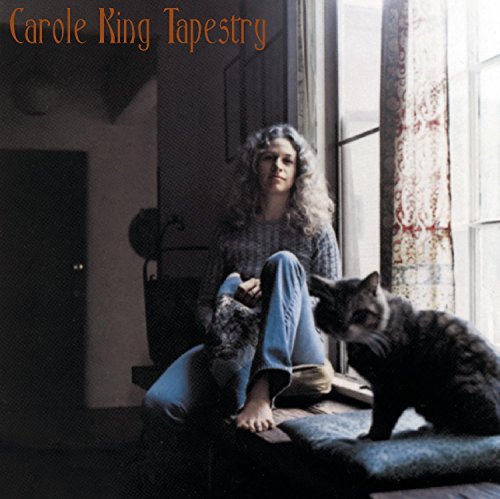
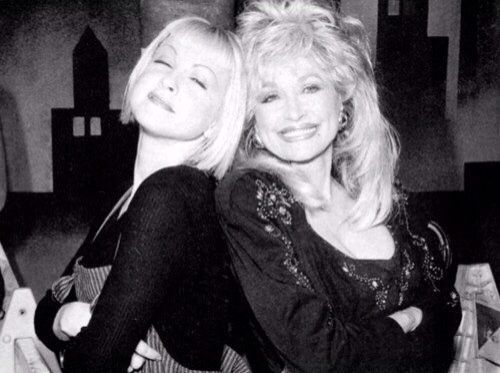
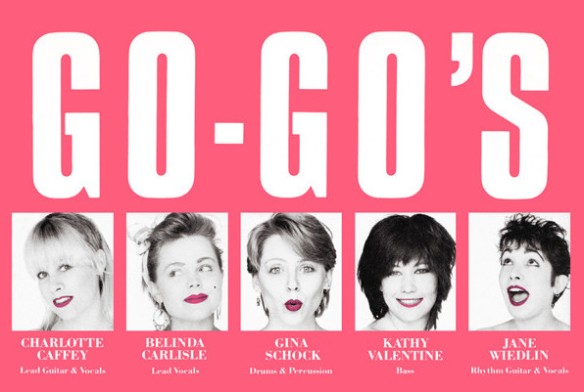
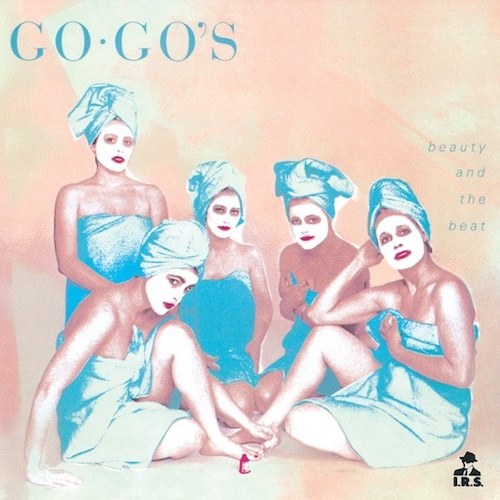

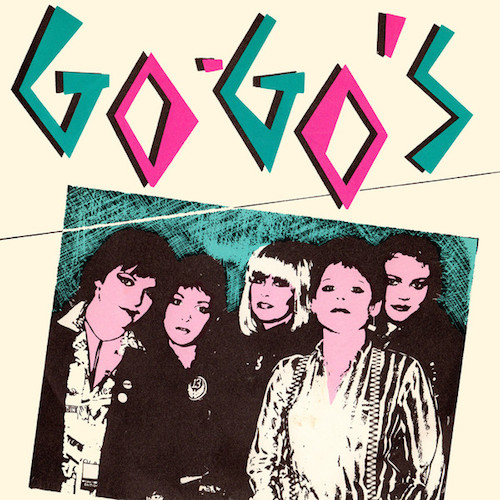

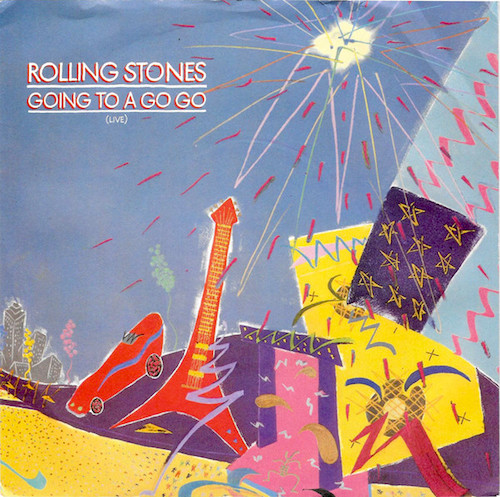
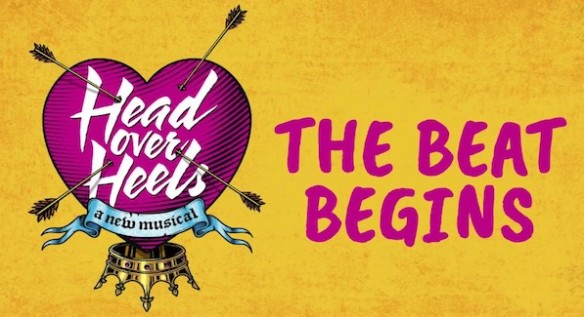

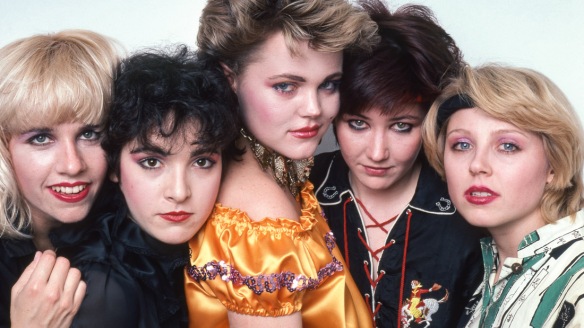
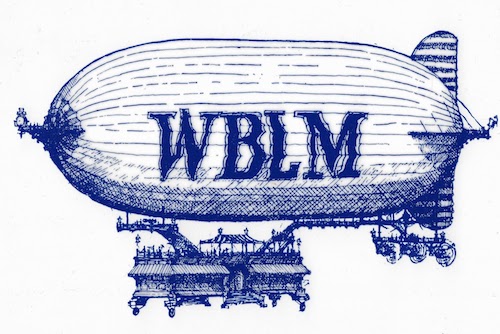
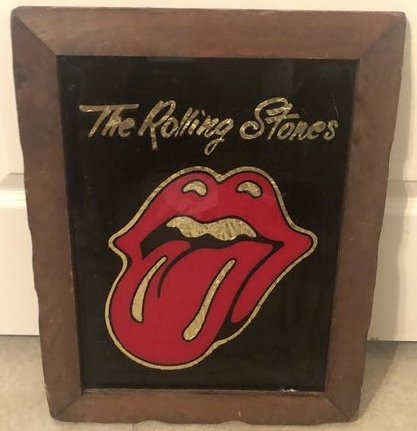
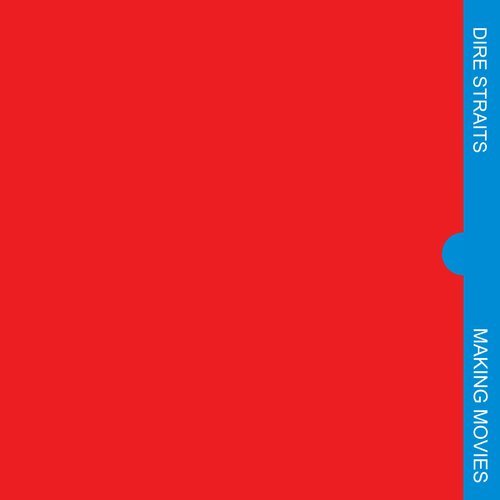

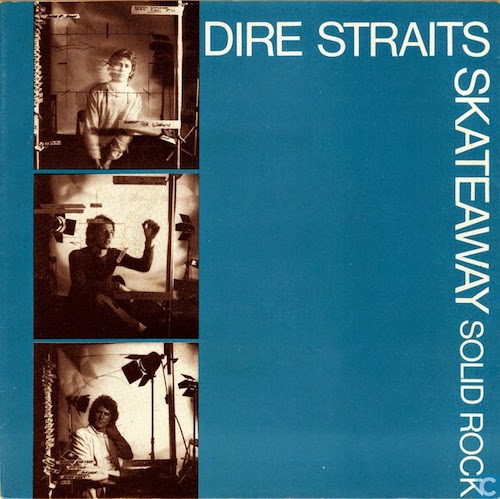

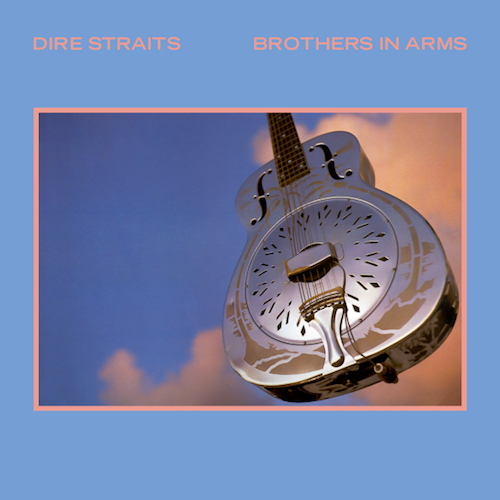
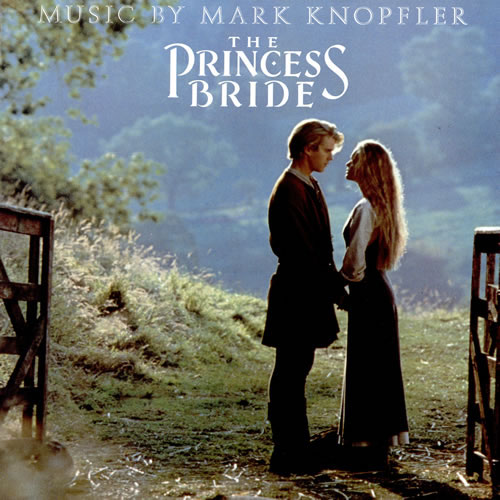
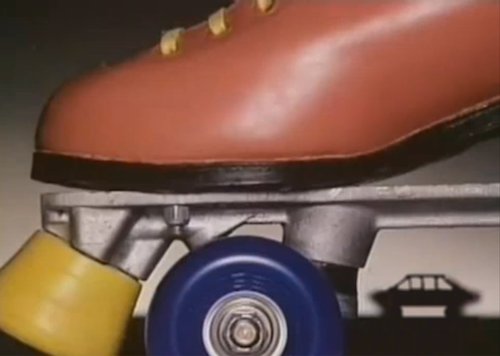
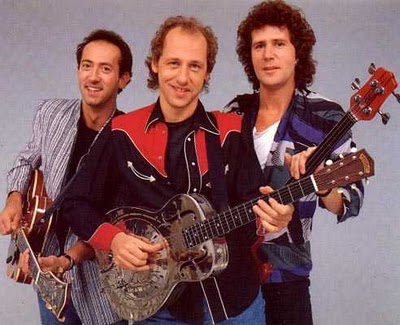
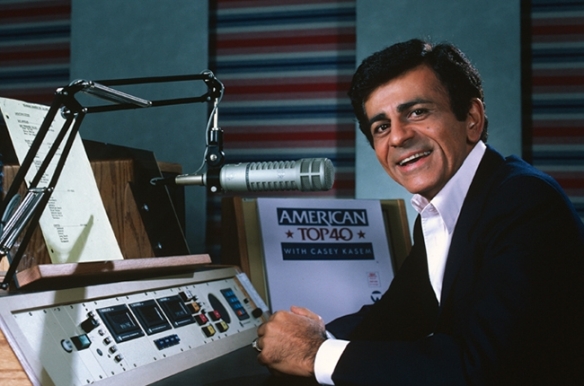
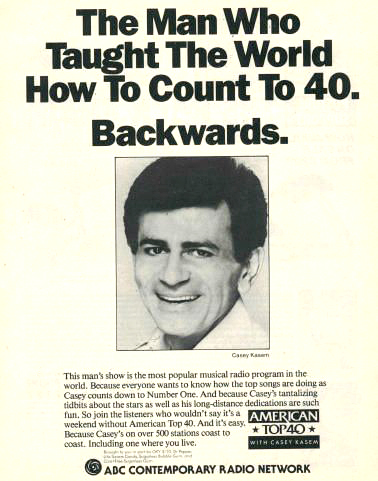
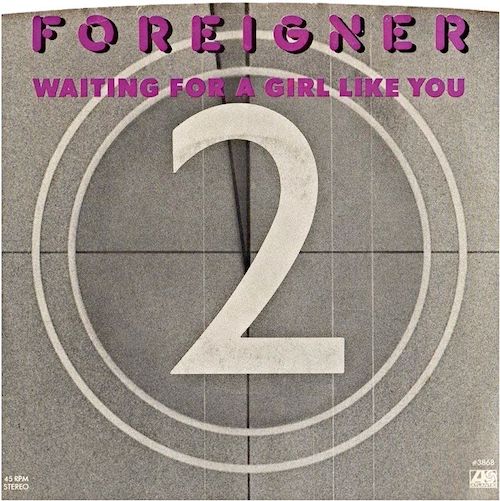

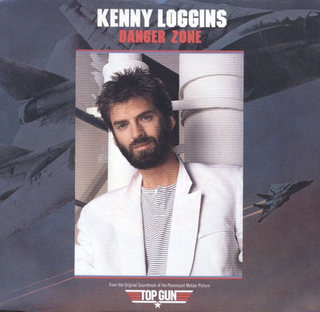 Some of the biggest songs in history that maybe you thought were No. 1 hits in America were actually No. 2 hits, such as “Girls Just Want To Have Fun” by Cyndi Lauper, “Easy Lover” by Philip Bailey and Phil Collins, “We Got The Beat” by The Go-Go’s, “Electric Avenue” by Eddy Grant, “Danger Zone” by Kenny Loggins, “Hurts So Good” by John Mellencamp, “Start Me Up” by The Rolling Stones and “Purple Rain” by Prince And The Revolution.
Some of the biggest songs in history that maybe you thought were No. 1 hits in America were actually No. 2 hits, such as “Girls Just Want To Have Fun” by Cyndi Lauper, “Easy Lover” by Philip Bailey and Phil Collins, “We Got The Beat” by The Go-Go’s, “Electric Avenue” by Eddy Grant, “Danger Zone” by Kenny Loggins, “Hurts So Good” by John Mellencamp, “Start Me Up” by The Rolling Stones and “Purple Rain” by Prince And The Revolution.
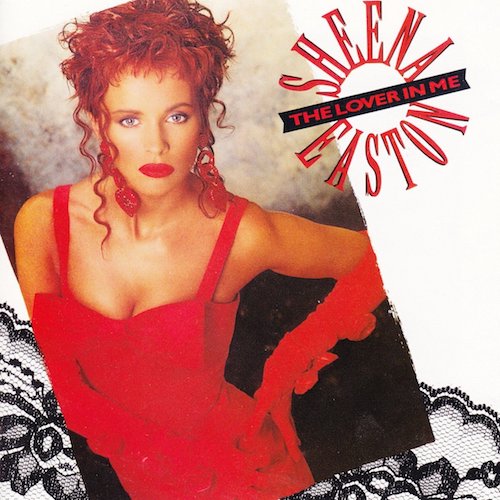


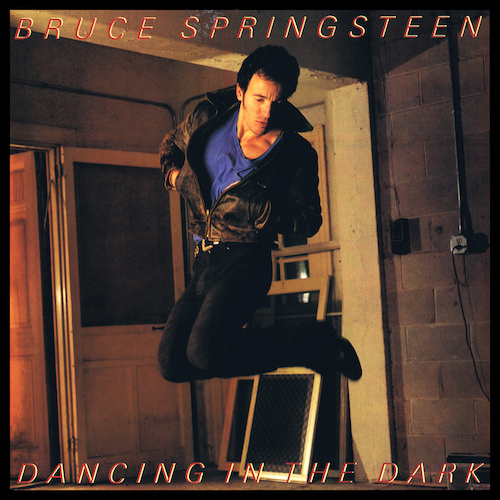
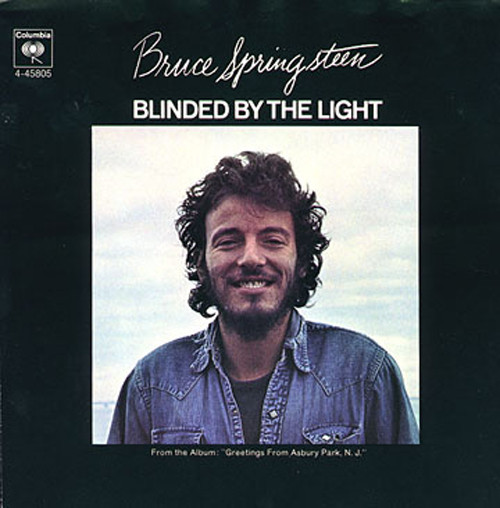

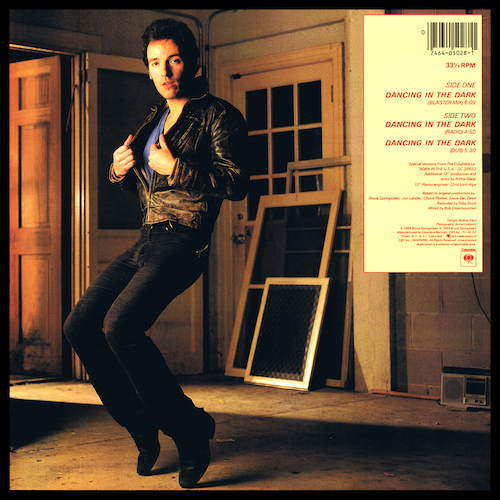

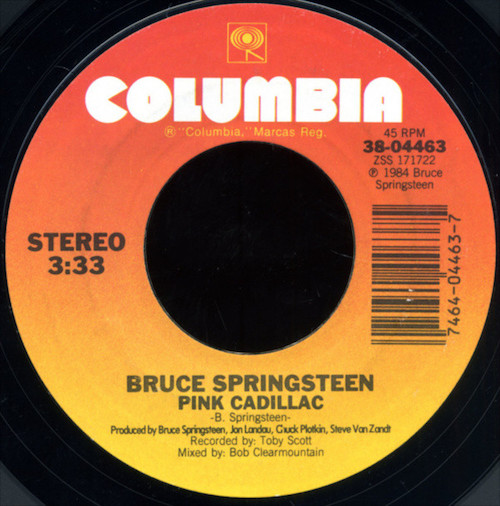
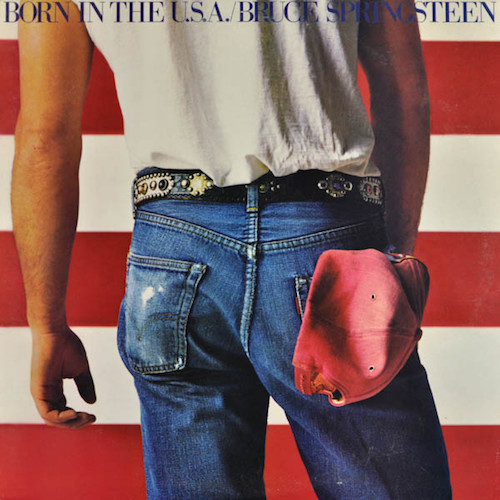
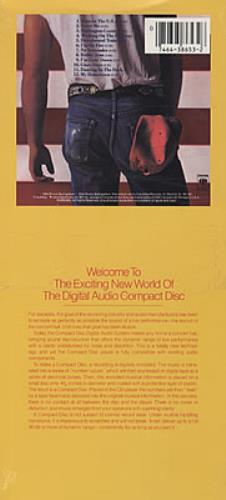



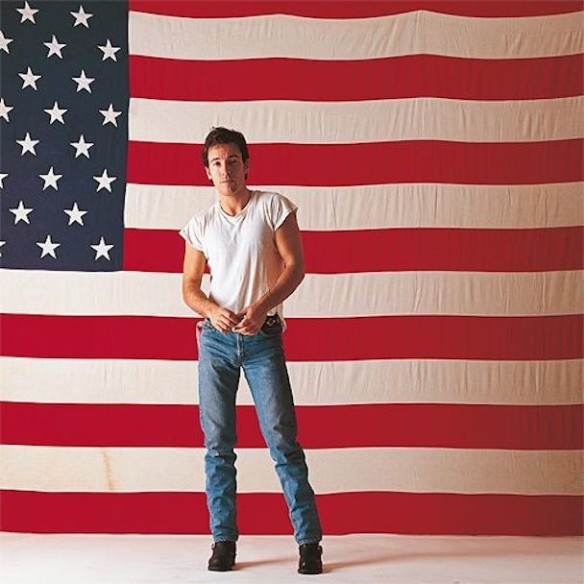





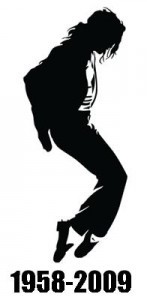
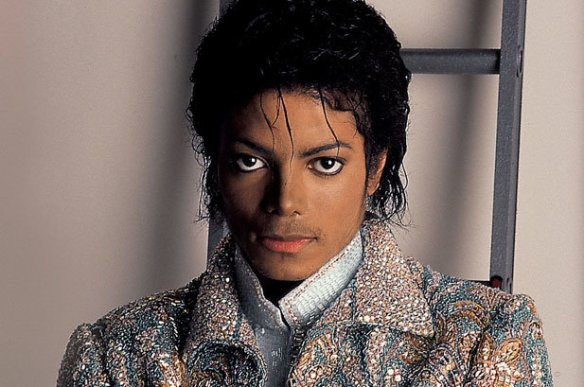





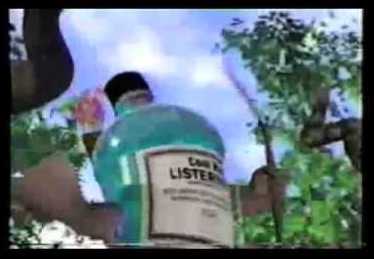
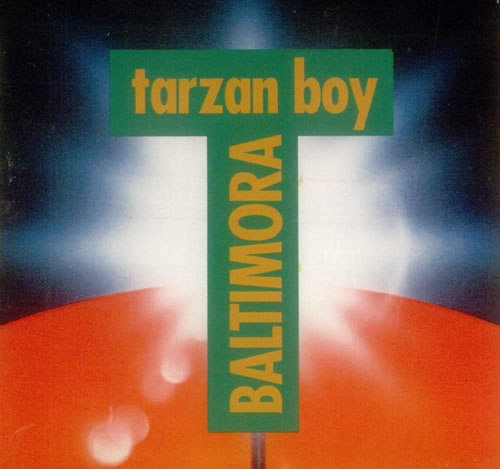

 In mid-October 1989, Pop music in America didn’t know which direction it was going in. Take the Top 10 of the BILLBOARD Hot 100 chart for October 14, 1989 for example. You had 80s Pop mainstays Janet Jackson and Madonna leading the pack (“Miss You Much” and “Cherish,” respectively), the future great Grammy taker-awayers, Milli Vanilli (“Girl I’m Gonna Miss You”), a rare big American hit for The Cure (“Love Song”), the last big hit for the Rolling Stones (“Mixed Emotions”), Tears For Fears channeling The Beatles (“Sowing The Seeds Of Love”), rapper Young M.C. with the first (and last) big hit of his own (“Bust A Move”), Hollywood, CA Glam Metal band Warrant (“Heaven”), another big Pop hit for Sweden’s Roxette (“Listen To Your Heart”) and the first Pop single for R&B singer, songwriter and future mega-producer, Babyface (“It’s No Crime”).
In mid-October 1989, Pop music in America didn’t know which direction it was going in. Take the Top 10 of the BILLBOARD Hot 100 chart for October 14, 1989 for example. You had 80s Pop mainstays Janet Jackson and Madonna leading the pack (“Miss You Much” and “Cherish,” respectively), the future great Grammy taker-awayers, Milli Vanilli (“Girl I’m Gonna Miss You”), a rare big American hit for The Cure (“Love Song”), the last big hit for the Rolling Stones (“Mixed Emotions”), Tears For Fears channeling The Beatles (“Sowing The Seeds Of Love”), rapper Young M.C. with the first (and last) big hit of his own (“Bust A Move”), Hollywood, CA Glam Metal band Warrant (“Heaven”), another big Pop hit for Sweden’s Roxette (“Listen To Your Heart”) and the first Pop single for R&B singer, songwriter and future mega-producer, Babyface (“It’s No Crime”).




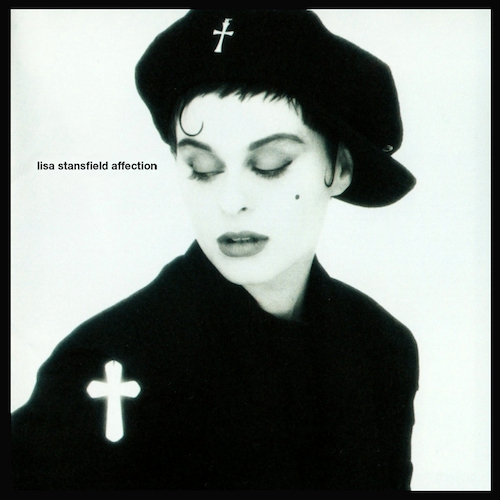
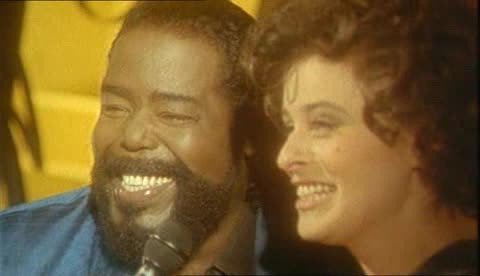





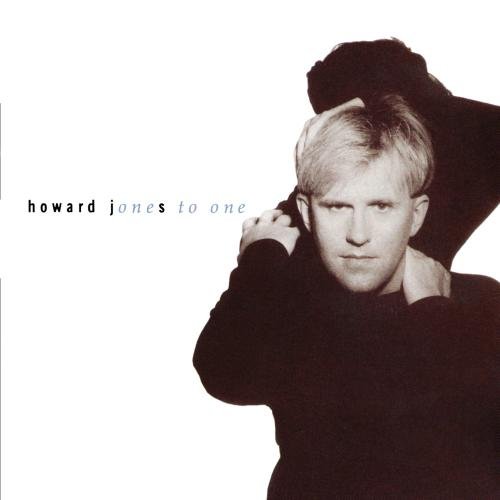
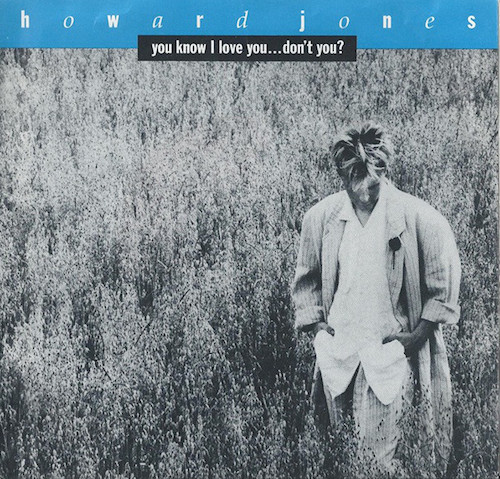




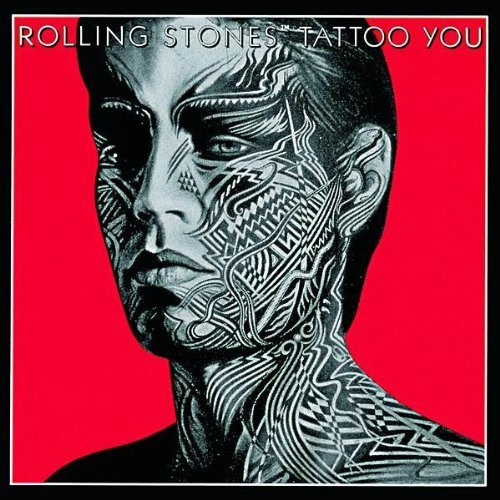


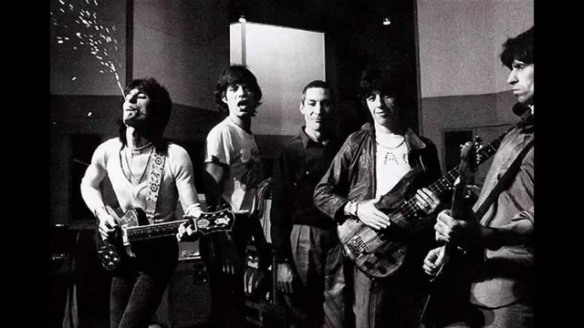
 In November 1983, she released her cover of Al Green’s classic “Let’s Stay Together.”
In November 1983, she released her cover of Al Green’s classic “Let’s Stay Together.”